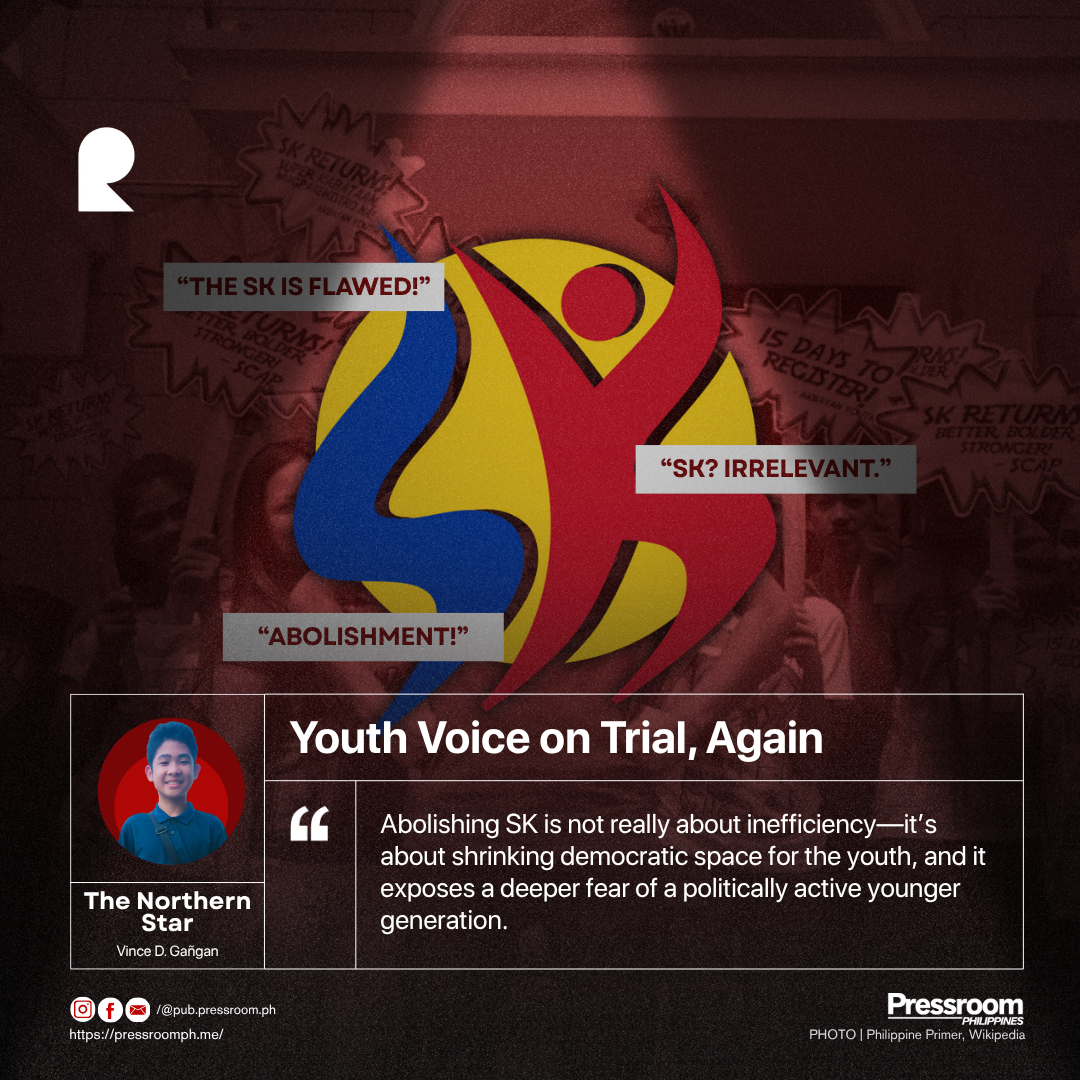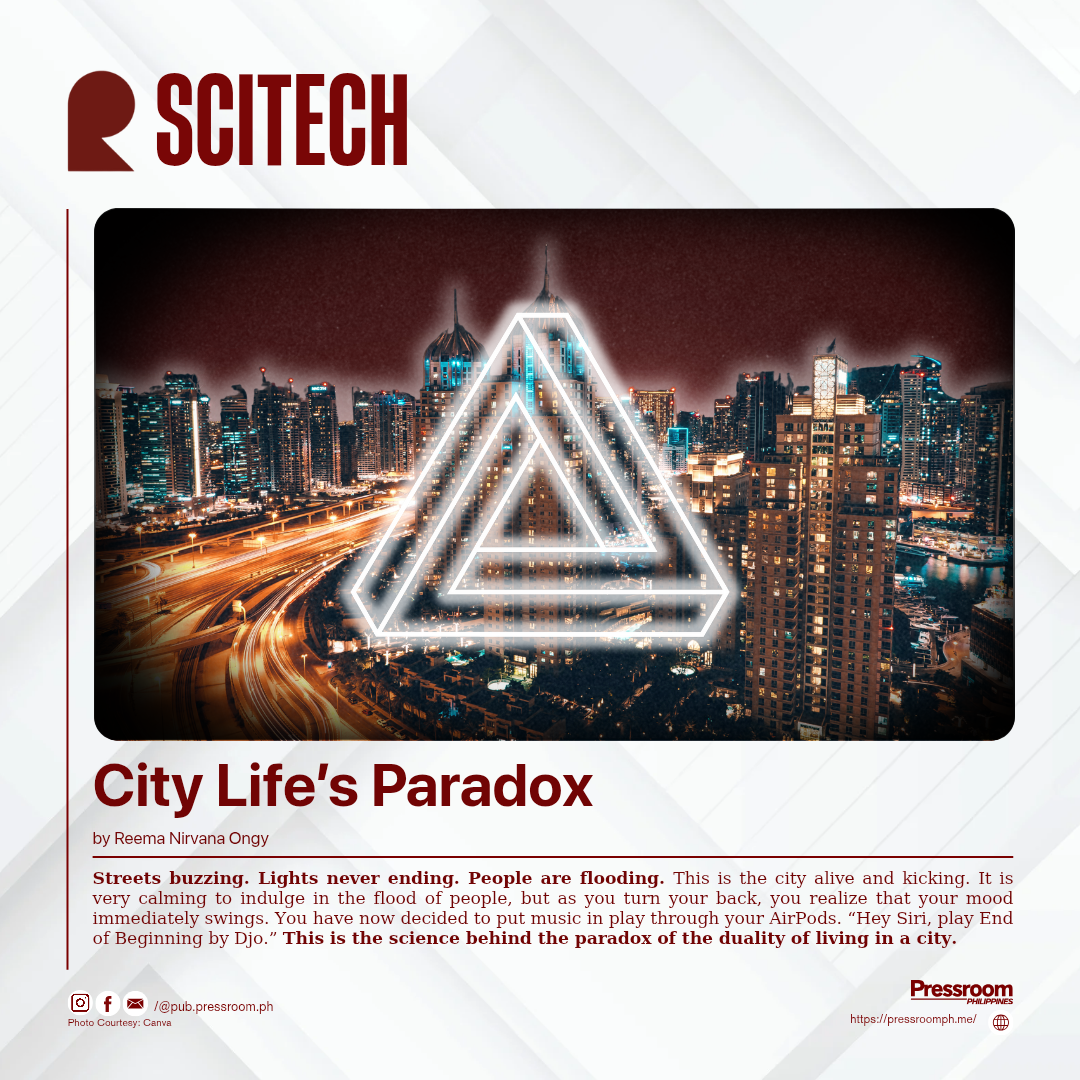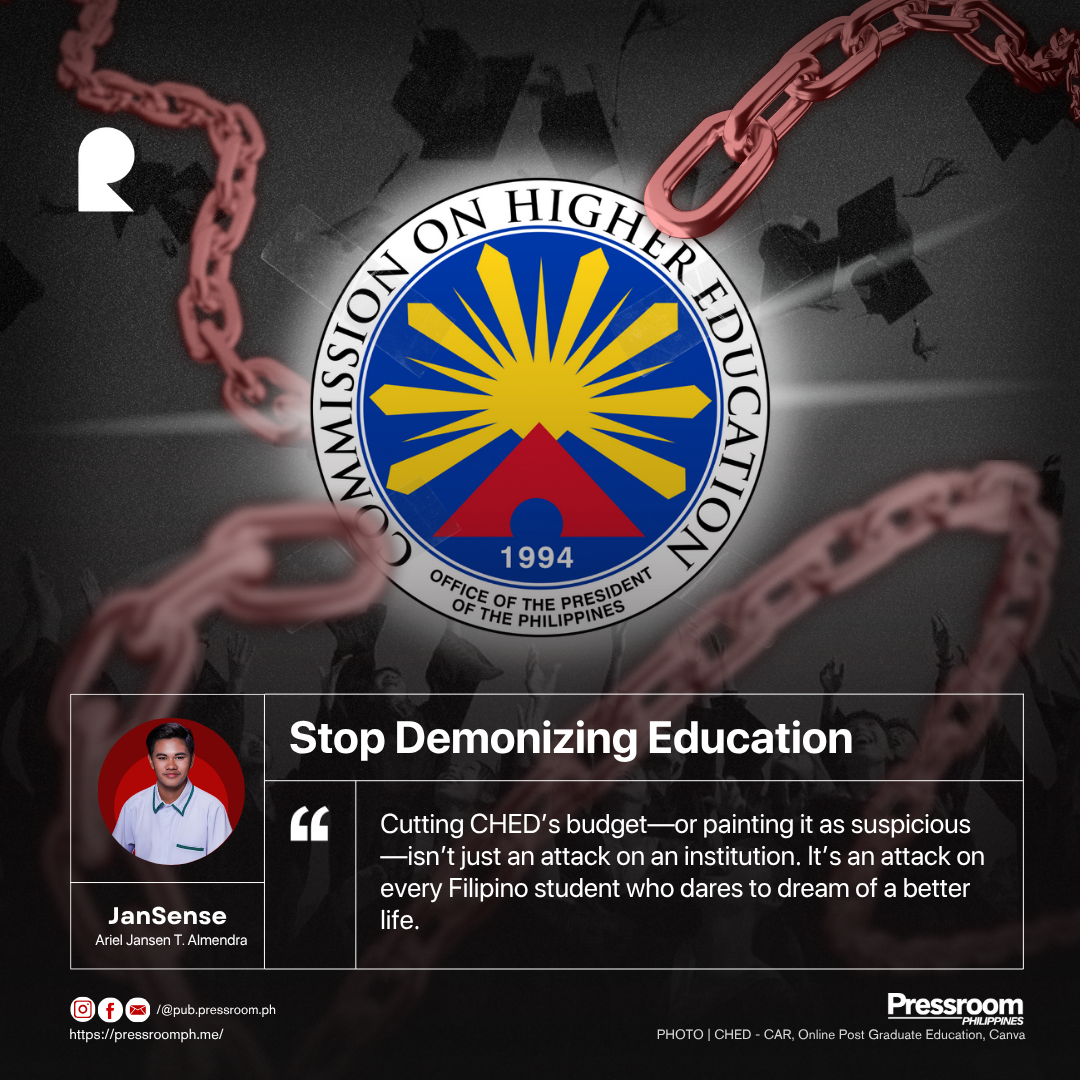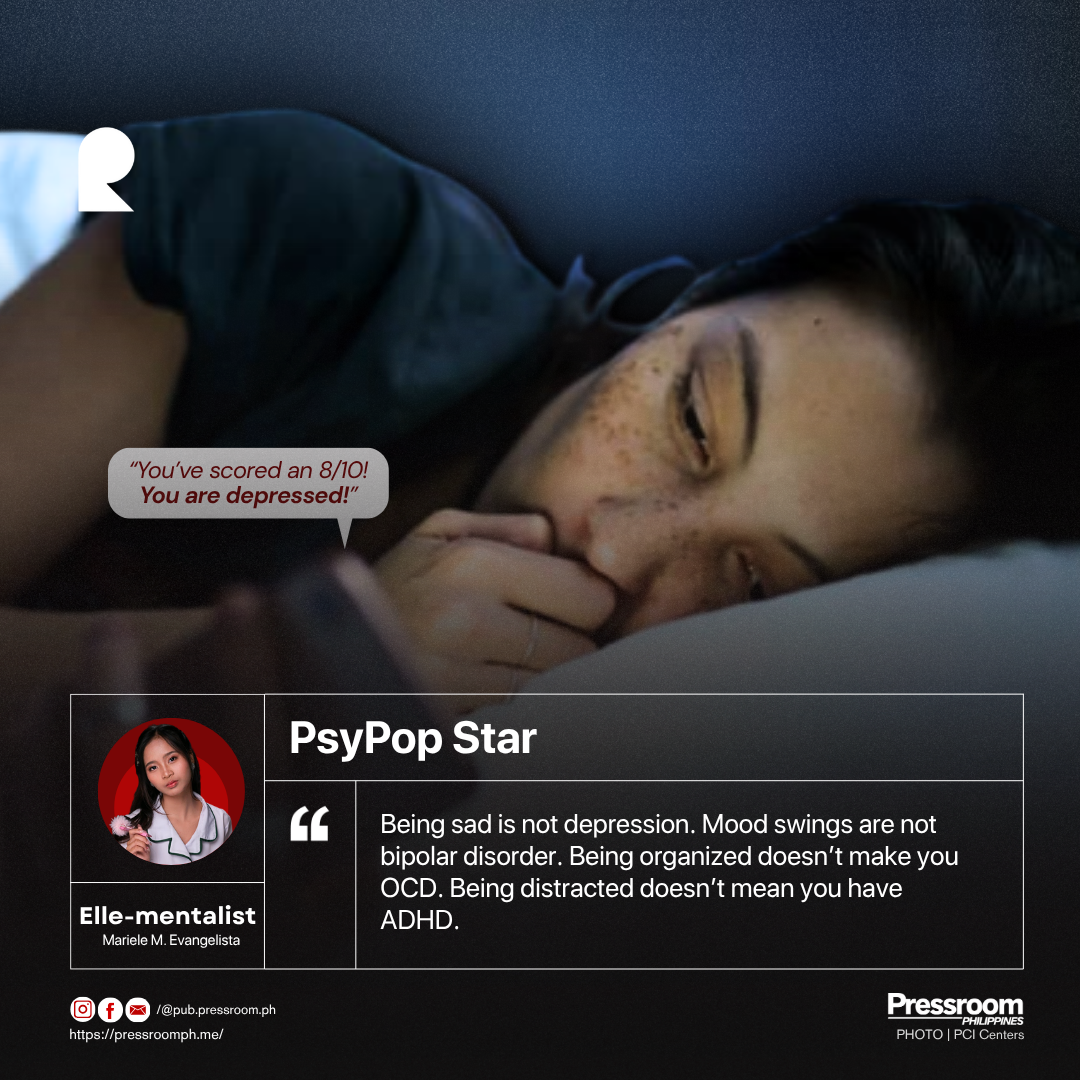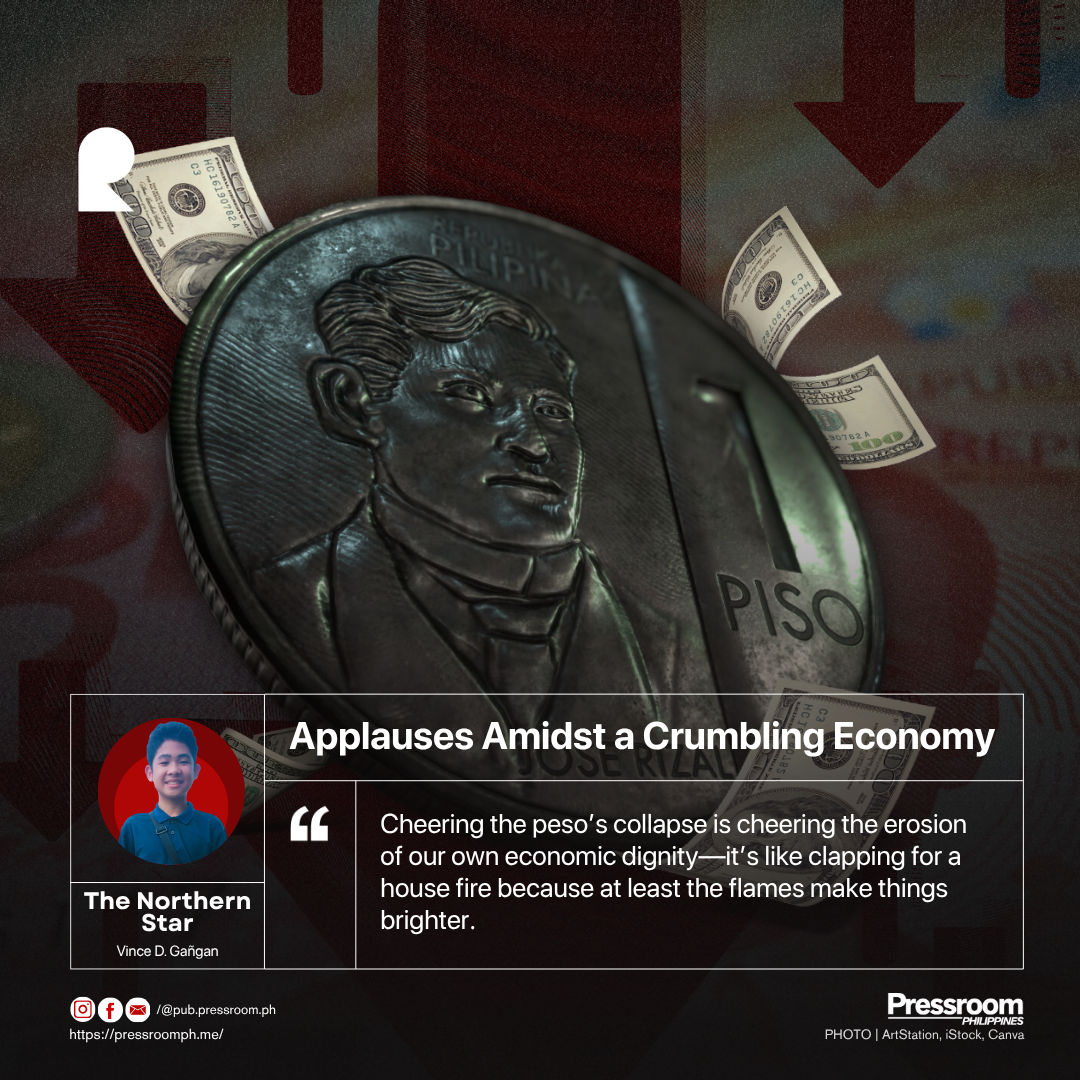The Sangguniang Kabataan (SK) has long been a lightning rod for criticism, often dismissed as ineffective, corruptible, or worse—irrelevant. And now, once again, it finds itself in the crosshairs of abolitionists, with no less than DILG Secretary Jonvic Remulla pushing for its elimination. His reasoning? Poor attendance and lack of participation among SK officials. On the surface, this sounds like a straightforward indictment of failure. But beneath the noise lies a deeper, more troubling question: are we blaming the youth for a system that adults themselves have neglected to nurture?
Let’s be clear: the SK is flawed. Anyone who has observed local politics knows that some SK chairs and councilors vanish after election day, and yes, some treat it as a stepping-stone to nepotism. But does this justify abolishing the institution as a whole? If poor attendance is the crime, then Congress should have long been dissolved too. The issue here is not the youth’s inability to lead, but the lack of meaningful mentorship and systemic support they receive from the very structures now clamoring to abolish them.
The DILG claims it has submitted a proposal to Malacañang to scrap the SK and replace it with a lone youth representative elected during barangay polls. At first glance, this seems more efficient, less bureaucracy, and fewer wasted funds. But in reality, it strips away the collective voice of young people and reduces them to a token slot. It tells the Filipino youth that their voices are valid only when compressed into a single chair, as though the diversity of their struggles and aspirations can be funneled into one person. That is not efficiency; that is silencing.
Unsurprisingly, youth groups and the Kabataan party-list have pushed back, calling for reform instead of abolition. Their point is simple: don’t kill the patient when the medicine hasn’t even been properly administered. Past reforms already introduced anti-dynasty provisions, fiscal accountability, and more transparent training modules for SK officials. These are steps forward, not backward. Why abandon the process midway just because it hasn’t delivered perfection on the first try?
Compounding this attack on youth participation is the recent law postponing the 2025 Barangay and SK Elections—a move now being challenged in the Supreme Court. Petitioners argue that it undermines the constitutional guarantee of youth representation. If you zoom out, what you see is a dangerous trend: adults in power systematically shrinking the political space of the young. First, postpone their elections. Next, abolish their council. Tomorrow, what’s left?
Here lies the heart of the matter: abolishing SK is not really about inefficiency—it’s about shrinking democratic space for the youth, and it exposes a deeper fear of a politically active younger generation. The narrative of “lazy” or “absent” SK officials is convenient, but it is also selective, ignoring the many youth leaders who show up, innovate, and demand accountability.
Ultimately, the debate on SK abolition is not just about whether young leaders attend sessions or not, but is about whether the Philippines is ready to take seriously the democratic promise it preaches. The SK is far from perfect, but abolishing it is not the answer. Instead of shutting the door on youth participation, the government should double down on reforms, training, and empowerment.
If the nation silences the youth today, it will wake up tomorrow to a future that refuses to speak at all.
